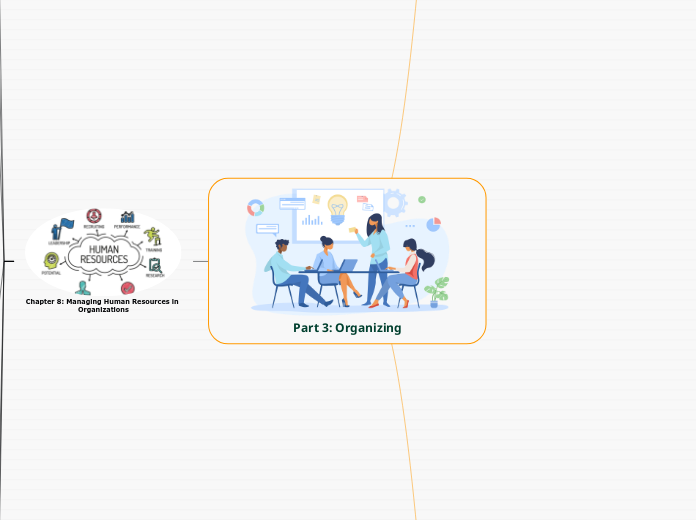
Part 3: Organizing
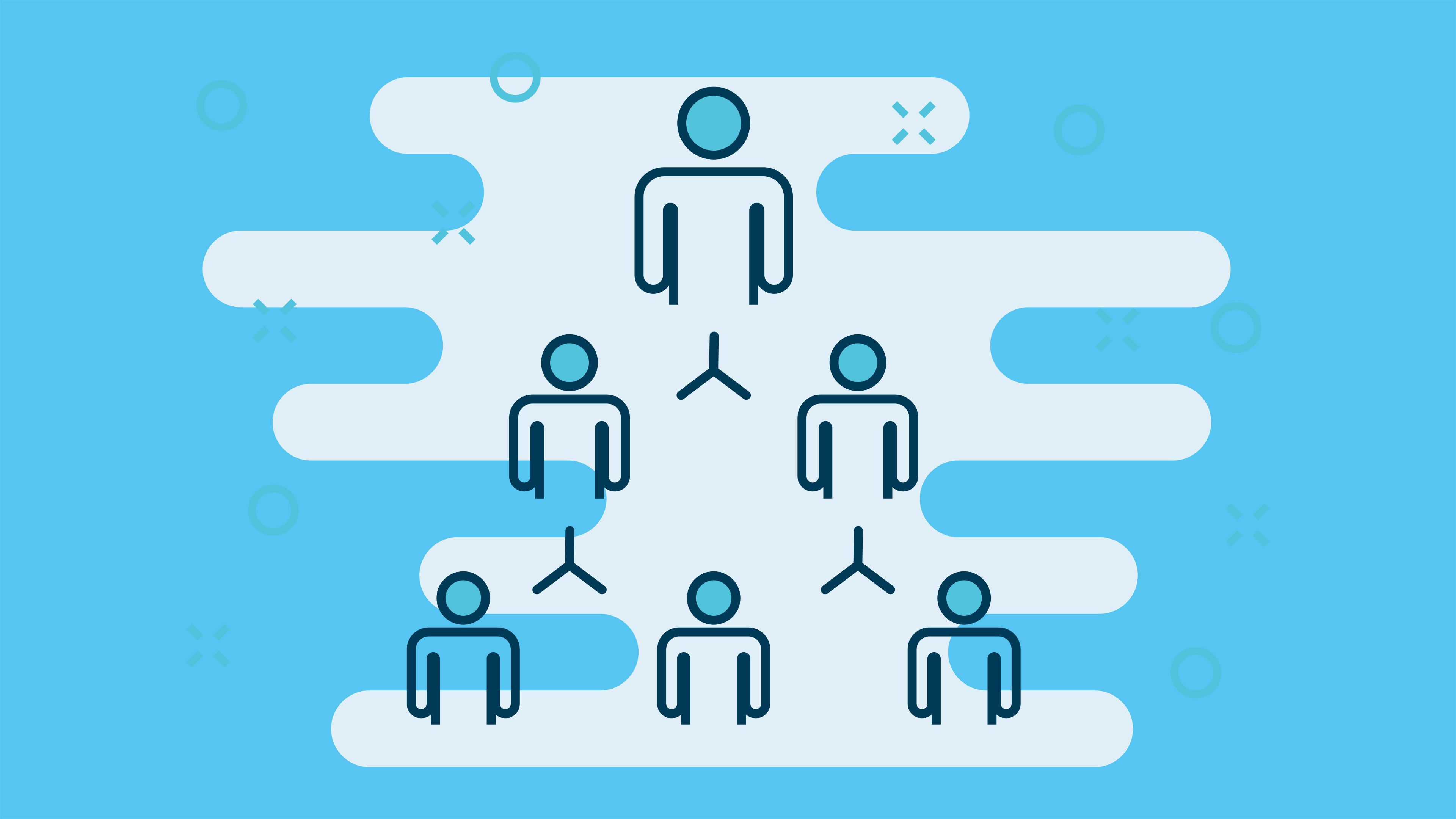
Chapter 6: Organization Structure and Design
The Basic Elements of Organizing
Job Specialization
Job specialization refers to breaking down the overall tasks of the organization into smaller, specialized component parts.

Example: Walt Disney initially performed various tasks himself, but as the business grew, he hired others to specialize in specific functions such as animation, voice acting, and marketing.
Benefits
- Workers performing small and simple tasks will become very proficient.
- Transfer time between tasks decreases.
- The more narrowly defined a job is, the easier it is to develop specialized equipment to assist with that job.
- When an employee is absent or resigns, the manager can train someone new at a low cost.
Limitations
- Workers may become bored and dissatisfied of doing a specialized job.
- The job may be so specialized that it offers no challenge or stimulation.
- Quality of work may suffer due to boredom and monotony that brings absenteeism.
Alternatives to Specialization

Job rotation
Definition: Systematically moving employees across different job roles.
Example: Workers in a warehouse may rotate tasks such as unloading trucks, inventory management, and loading trucks on different days of the week.

complexity and variety of work,
Job enlargement
Definition: Increasing the total number of tasks performed by workers.
Example: Maytag changed its assembly line to have fewer workers assembling complete pumps instead of passing the work sequentially.
Training costs usually increase,
More tasks more paid
The work remains boring even after job enlargement.
Job enrichment
Definition: Increasing both the number of tasks and the control employees have over their work to improve motivation.
Example: Managers delegate more authority, structure work in complete units, and assign new and challenging tasks.
Job characteristics appoarch
Definition: Focuses on improving jobs along five core dimensions:
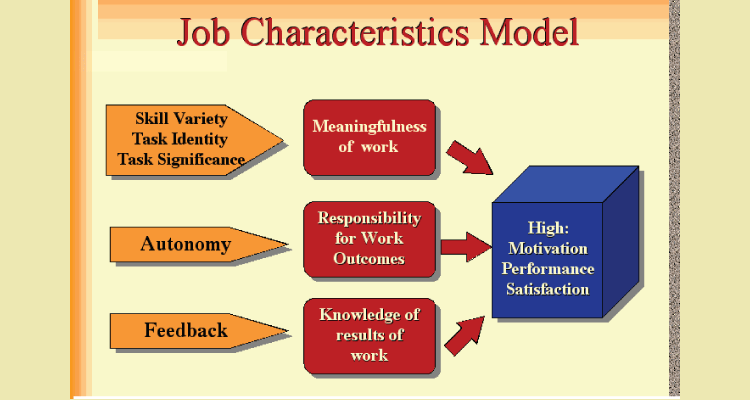
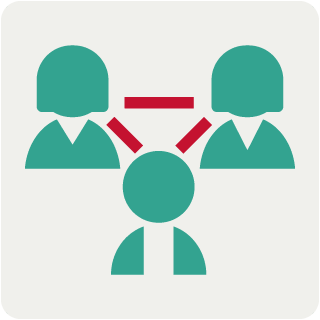
Work teams

Definition: Groups given responsibility for designing the work system and allocating tasks.
Departmentalization
Establishing Reporting Relationships
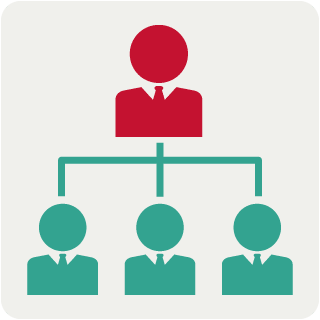
Chain of command
1. Unity of command
2. Scalar principle

Span of management
Determining the optimal span of management

Tall Organizations
Many levels in the structure management structure, from the top to the bottom.

Flat Organizations
fewer hierarchies in the management structure, enabling flexibility and more distributed power

Distributing Authority
The Delegation Process

Decentralization and Centralization
Coordinating Activities
The Need for Coordination
Pooled interdependence
Sequential interdependence
Reciprocal interdependence
Structural Coordination Techniques
Electronic Coordiantion
The Bureaucratic Model of Organization Design
Examples: government agencies, universities, large unions.
Pros: efficiency, bias prevention, clear process.
Cons: inflexibility, ignoring human and social processes in the organization.
Situation Influences on Organization Design

Core Technology
Unit or small-batch
The product is custom-made to customer specifications or produced in small quantities.
Ex: a printing shop that produces business cards
Large-batch or mass-production
The product is manufactured in assembly-line fashion by combining component parts into another part of finished product.
Ex: an automobile manufacturer
Continuous-process
Raw materials are transformed to a finished product by a series of machine or process transformations
Ex: a chemical refinery
Environment
Stable Environment
Unstable Environment
Organizational Size and Life Cycle
Organizational Size
Life Cycle
Basic Forms of Organization Design

Functional (U-Form) Design
Based on the functional approach to departmentalization
Functionally based designs are most commonly used in small organizations
Advantages: highly specialized, easy to manage and coordinate
- Disadvantages: only promote function, not organization

Conglomerate (H-Form) Design
Used by an organization made up of a set of unrelated businesses
Each business or group of businesses is run by a CEO who is fully responsible for profits or losses
Advantages: optimize internal competition and cooperation
Disadvantages: complexity when managing many unrelated businesses, difficulty in comparing and integrating activities

Divisional (M-Form) Design
Based on multiple businesses in related areas operating within a larger organizational framework
This design results from a strategy of related diversification.
Advantages: coordinating opportunities and sharing resources, optimizing internal competition and cooperation

Matrix Design
Based on two overlapping bases of departmentalization
Employees in a matrix are simultaneously members of a functional department and of a project team
Advantages: flexibility, maximum exploitation of human resources, ability to decentralize
Disadvantages: unclear reporting relationship, time required for coordination of activities involving many departments
Hybrid Desings
Some organizations use a design that represents a hybrid of two or more of the common forms of organizational design.
Advantages: flexible, can change according to the company's strategy
Emerging Issues in Organization Design
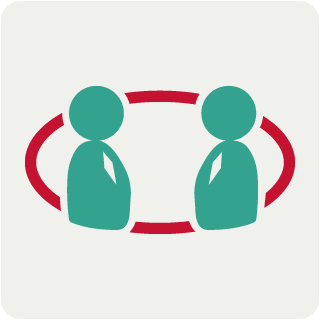
The team organization
An approach to organization design that relies almost exclusively on project-type teams, with little or no underlying hierarchy
Within such an organization, people float from project to project as necessitated by their skills and the demands of those projects.

The virtual organization
One that has little or no formal structure
Such an organization typically has only a handful of permanent employees and a very small staff and administrative headquarters facility.
Increasingly, virtual organizations are conducting most—if not all—of their businesses online.

The learning organization
One that works to facilitate the lifelong learning and personal development of all its employees while continually transforming itself to respond to changing demands and needs
The idea is that the most consistent and logical strategy for achieving continuous improvement is by constantly upgrading employee talent, skill, and knowledge.

Chapter 7: Organization Change and Innovation
The Nature of Organization Change
Organization Change
External Forces
Internal Forces

Planned versus Reactive Change
Unfreezing
Implementing change
Refreezing
Managing Change in Organizations
Areas of organization change

Changing Organization Structure and Design

Changing Technology and Operations

Changing People, Attitudes, and Behaviors

Changing Business Processes

Some notions
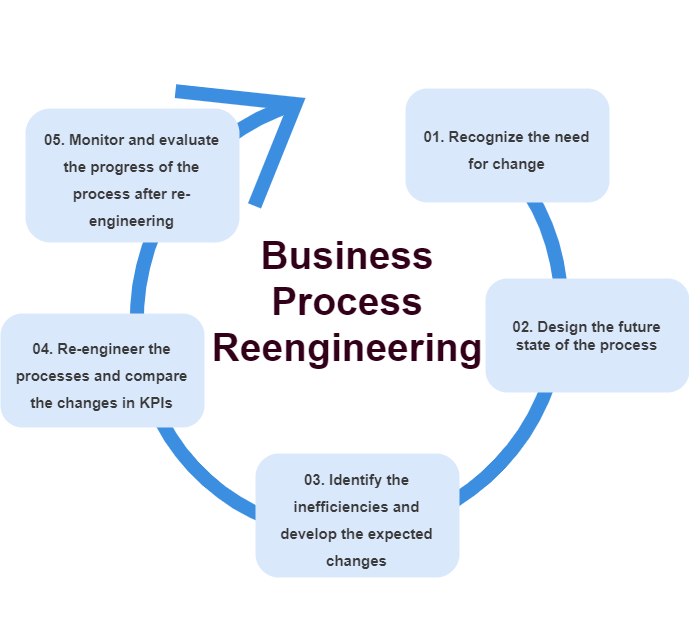
Business Process Change (Reeneering)
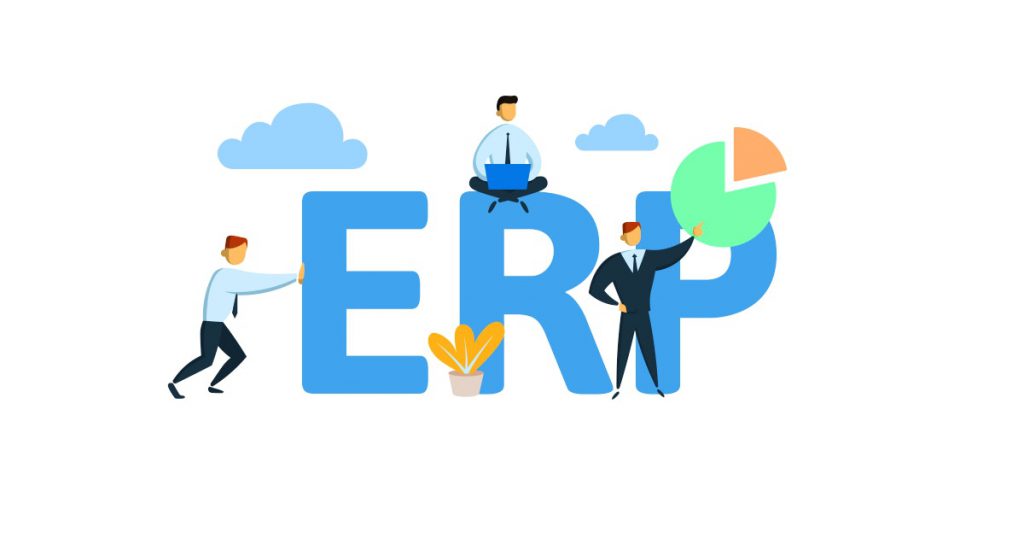
ERP
The need for business processes

Approaches to Business Process Change
Develop goals and a strategy
Emphasize top management’s commitment

Create a sense of urgency

Start with a clean slate
Optimize top-down and bottom-up perspectives

Organization Development
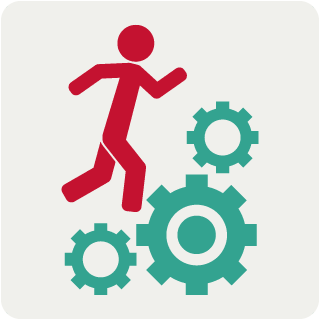
OD Assumptions
Grow and develop
Need to be accepted
Individuals will influence the organization and vice versa

OD Techniques
Diagnostic activities
Team building
Survey feedback
Third-party peacemaking
Process consultation
Life and career planning
Coaching and counseling
Organizational innovation
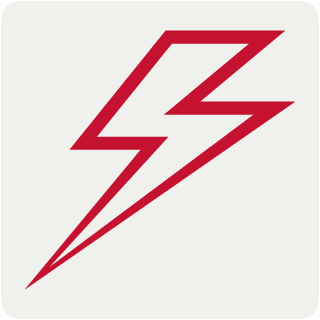
Innovation process

Innovation Application

Innovation Development

Application Launch

Application Growth
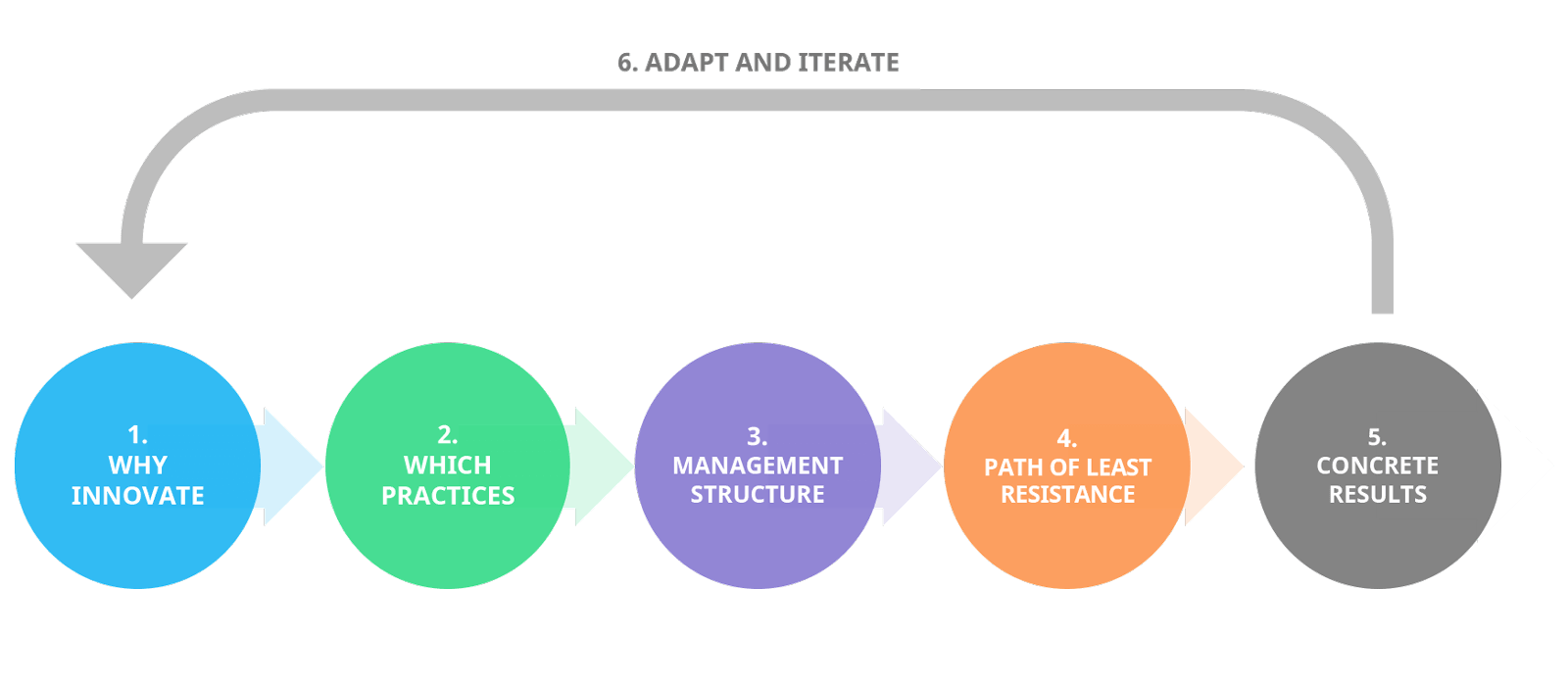
Innovation Maturity

Innovation Decline

Forms of Innovation

The Failure to Innovate
Reasons for Failing to Innovate

Lack of resources

Failure to recognize opportunities
Resistance to change
Promoting Innovation in Organizations

The Reward System
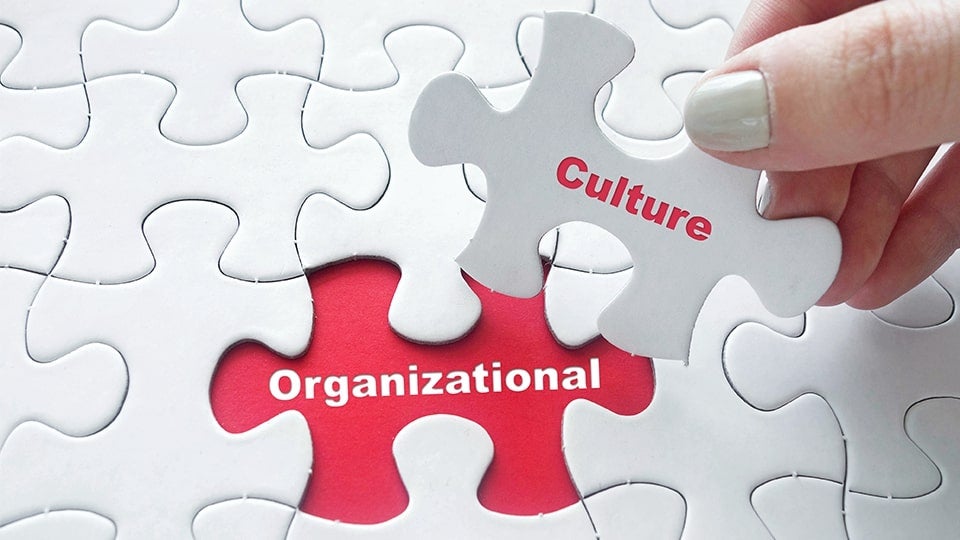
Organization Culture

Intrapreneurship in Larger Organizations
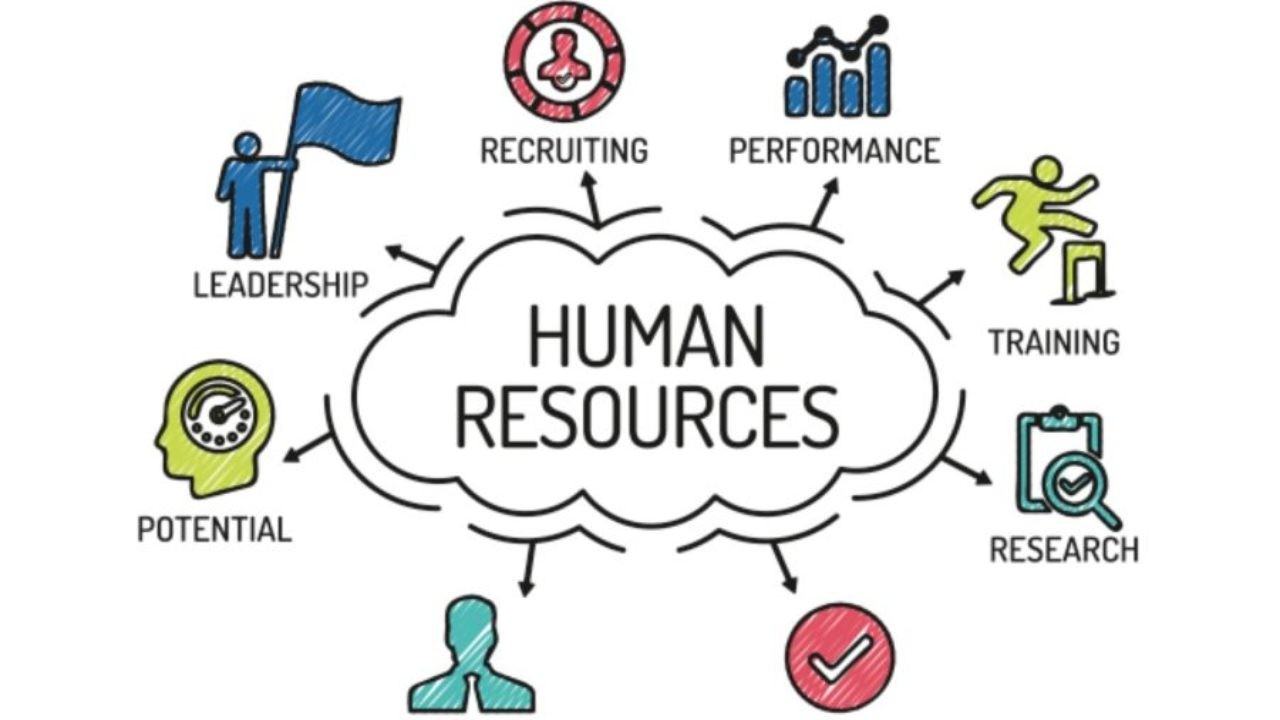
Chapter 8: Managing Human Resources in Organizations
1. The Environmental Context of HRM
Human Resource Management (HRM)
The Strategic Importance of HRM
The Legal Environment of HRM
Compensation and Benefits
Labor Relations
Health and Safety
Emerging Legal Issues
2. Attracting Human Resources
+ Human Resource Planning
Job Analysis
Forecasting Human Resource Demand and Supply
Matching Human Resource Supply and Demand
+ Recruiting Human Resources
+ Selecting Human Resources
Application Blanks
Tests
Interviews
Assessment Centers
Assessment Centers
+ Training and Development
Assessing Training Needs
Common Training Methods
Evaluation of Training
Developing Human Resources
3.Developing Human Resources
Training and Development
Performance Appraisal
Common Appraisal Methods
Errors in Performance Appraisal
Errors in Performance Appraisal
Performance Feedback
4:Human Resource Planning
Forecasting the Supply of Labor
Internal supply
External supply
Recruiting Human Resources
Internal recruiting
External recruiting
Realistic job preview (RJP)
Selecting Human Resources
Validation
Application Blanks
Tests
Interviews
Assessment Centers
Other Techniques
Developing Human Resources
Training
Development
Assessing Training Needs
Common Training Methods
Performance Appraisal
Reasons
Objective Measures
Judgmental Appraisal Methods
Divide into groups,Develop sample graphic
Bias Errors
360-degree feedback
Training and Development Evaluation
Performance Feedback
Determining Compensation
Compensation
Forms of compensation
Wage
Salary
Incentive
Purposes of compensation
Determining Benefits
5:Managing Workforce Diversity
Managing Diversity in Organizations
individual Strategies
Managing diversity in organizations
Organizational policies
Organizational practices
Diversity and multicultural training
Organizational culture
Sujet secondaire
Managing Labor Relations
Collective bargaining
Grievance procedure
6.Managing Labor Relations
How Employees Form Unions
Union organizing Efforts
Authorization Cards and Petitions
Representation Elections
Collective Bargaining
Negotiating a Collective Bargaining Agreement (CBA)
Bargaining Strategies and Tactics
Grievance and Dispute Resolution
Contract Administration and Enforcement
7.New challenges in the Changing Workplace
Managing Knowledge Workers
Nature of Knowledge work
Knowledge Worker Management and Labor Markets
Contingent and Temporary Workers
Trends in Contignent and Temporary Employment
Managing Conrignent and Temporary Workers
